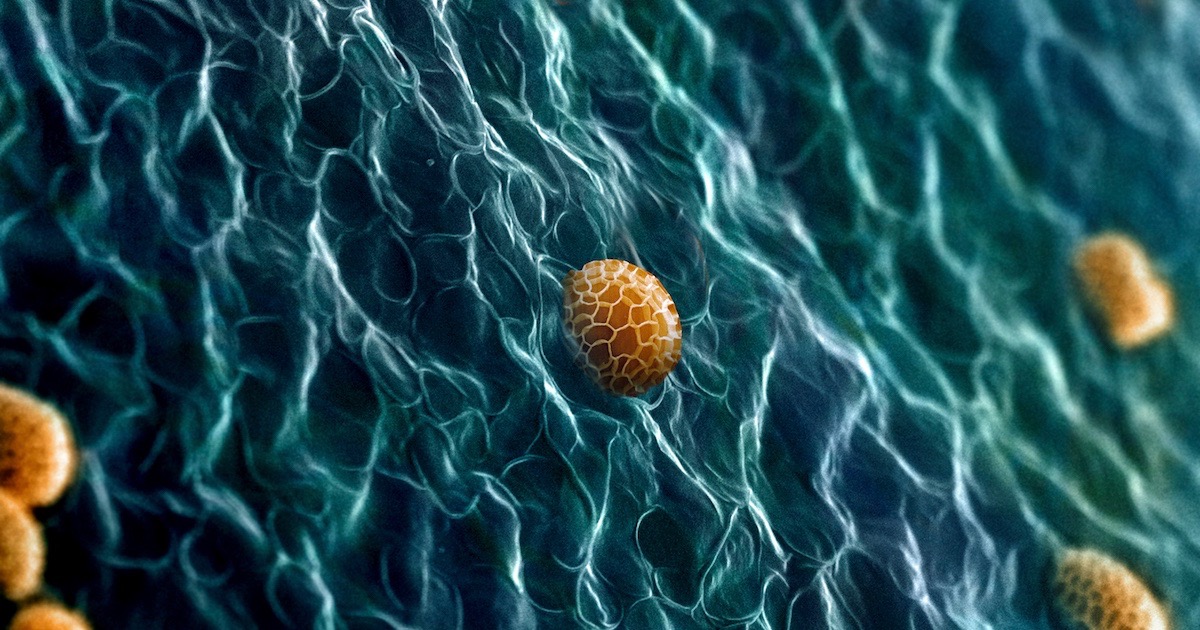 Evolution
Evolution
 Intelligent Design
Intelligent Design
 Life Sciences
Life Sciences
Must Life Evolve?


Editor’s note: Check out the new online college-level curriculum to go with a beloved ID classic, The Design of Life: Discovering Signs of Intelligence in Biological Systems, by mathematician William Dembski and biologist Jonathan Wells. The curriculum is free and available here. The 300-page book is hardcover, featuring full-color illustrations and accompanied by a CD with additional materials. Get it on Amazon now. And enjoy the following excerpt by Dr. Dembski and Dr. Wells:
Is evolution part of what it means to be alive? Does life presuppose evolution? In redefining life to make its origin easier to explain, origin-of-life researchers are now increasingly emphasizing the ability of life to evolve. Because lots of things can evolve, and thus be counted as “alive,” without satisfying the more stringent conditions ordinarily demanded of life, this shift in emphasis expands the concept of life to include a lot more than it should. The minimal functional requirements for cellular life include reproduction, growth, metabolism, homeostasis, well-defined internal organization, maintenance of boundaries, stimulus-response repertoire, and goal-directed interaction with the environment. Notably absent from this list is evolution. By contrast, geophysicist and origin-of-life researcher Robert Hazen gives pride of place to evolution in his definition of life: “Most experts agree that life can be defined as a chemical phenomenon possessing three fundamental attributes: the ability to grow, the ability to reproduce, and the ability to evolve.”1
To be sure, in the reproduction of known living forms, offspring always differ, however slightly, from parents. Yet such variation is hardly what is meant by evolution. Indeed, if that’s all that was meant by the term, there would be no point to including evolution in the definition of life. To say that the ability to evolve is an essential feature of life must therefore mean, at a minimum, that such changes resulting from reproduction can carry over from one generation to the next, cumulating and thereby bringing about novel species. But how is such an ability to evolve evident simply from inspecting the abilities and functions of actual living forms? It is possible that living forms might vary within such strict limits that no evolution, in the sense of speciation, could occur. It is even conceivable that asexual forms might reproduce so precisely (suppose, for instance, the copying mechanisms inside these cells were so exact as to rule out copying errors) that offspring were always identical to parents. Granted, such systems might have difficulty adapting to changing environments and thus be more likely to go extinct. But they would, at least for the time, be alive.
The ability to evolve is not a prerequisite for life but an additional property that living forms may or may not possess. If they possess this ability, they exercise it, according to conventional evolutionary theory, not by planning variations to optimize offspring but essentially by rolling dice. And how could life have acquired such an ability to evolve? By “evolving” it from a “proto-life form” that lacked the ability to evolve? Or was the ability to evolve there from the start? And if so, what form did it initially take? Even to raise such questions makes clear that evolvability can never be justified by simply presupposing that organisms must have the ability to evolve. Ascribing to life the ability to evolve thus needs to be a conclusion reached from an exact scientific knowledge of the life-forms in question—and thus based on empirical evidence.
Notes:
(1) Robert M. Hazen, Genesis: The Scientific Quest for Life’s Origin (Washington, D.C.: Joseph Henry Press, 2005), 189.
Photo: Tubifera dudkae, a slime mold, by Дмитро Леонтьєв (Own work) [CC BY-SA 4.0], via Wikimedia Commons.
